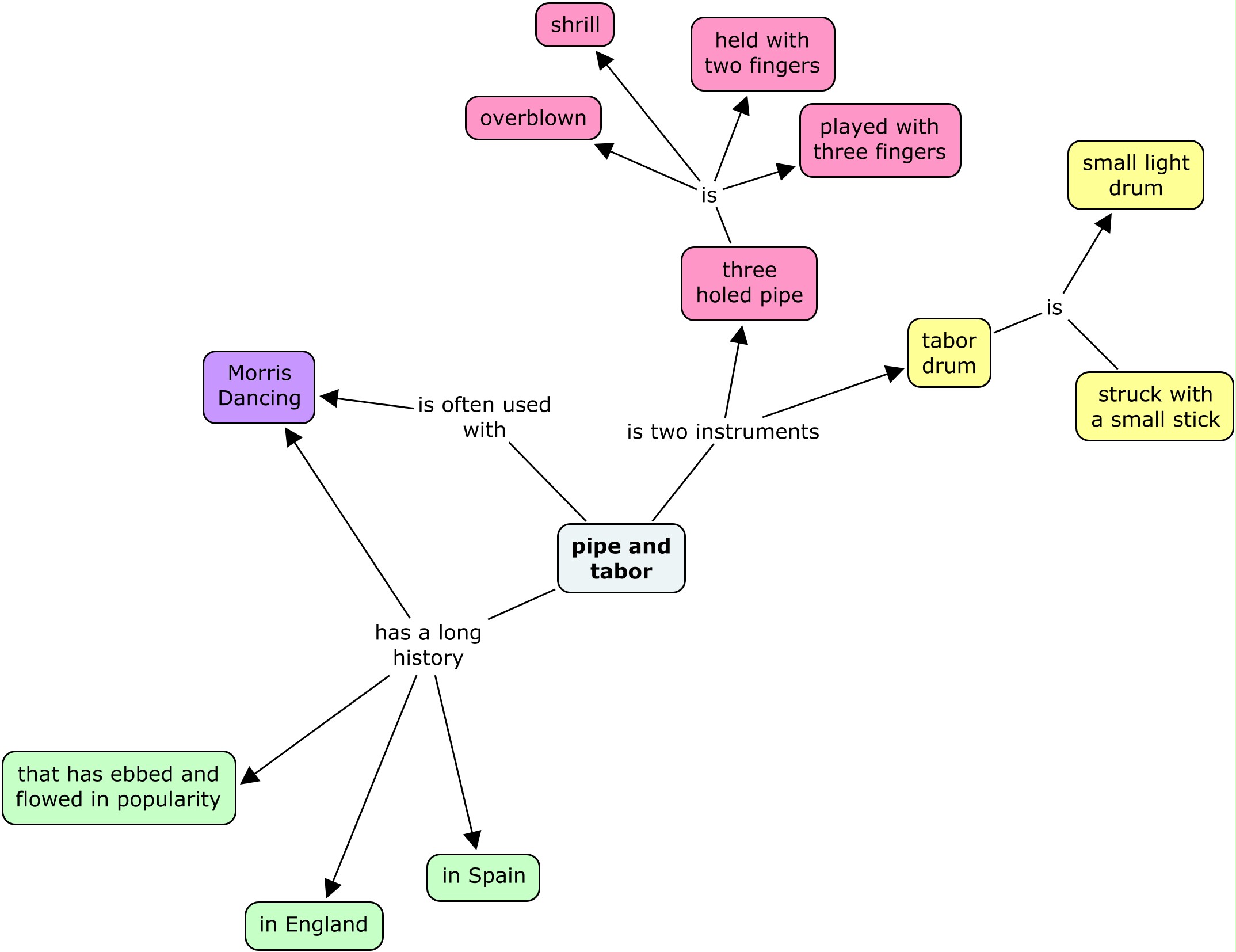 |
| Personal Curriculum mapping can begin with a Concept Map. |
I believe one of the missing pieces of the Personal Learning Environment (PLE) is Personal Curriculum Mapping (PCM). I've thought this for a while and have discussed it with friends during my conversations around an OpenPhD. This was greatly reinforced by watching Dr. William Pinars conference speaking video regarding his recent paper "Allegories of the Present: Curriculum Development in a Culture of Narcissism and Presentism." I took many things from this video and what stood out from a curriculum development perspective is it needs to be individualized and have the engagement of the learner. This will provide the learner greater attachment to the materials, content and context for learning and force a reflection of the subjects history, present and possible futures. This reflection will provide them a deeper connection to their chosen subjects curriculum and to humanity as a whole.
William Pinar "Allegories of the Present: Curriculum Development in a Culture of Narcissism and Presentism" from Tallinna Ülikool on Vimeo.
I was also inspired by this 2011 Wilma Kurvink webcast from the ASCD conference. It provides some wisdom about how to map curriculum within a learner focused approach. It talks of how curriculum development, at a high level, is better done by others outside of the subject matter area who have insight into how the subject relates to other subjects and where learning content could be missing when looking at the whole of curriculum. Librarians are a good example for they can be unbiased regarding a subject area; therefore, not a stakeholder in curriculum mapping. You may want to consider finding a few librarians to be a part of you personal learning network.
If you want more reference to Wilma Kurvink's work on this subject follow these two links;
- accompanying ppt slides from the presentation.
- website that provides a hyperlinked description of the approach.
This is how I alter Wilma's 5 step process to become more personal (Note: it is not not a linear process and therefore fits well within Agile Learner Design)
- audit the unit - get to know the subject matter landscape, review all the resources you can (academic and otherwise) to get an understanding of the subject area and what you know of it. What skills are needed for success? Where would you start your focus? Where does context fit?
- use student perspective - how do you personally relate to the subject area? Are you excited to emerse yourself in the subject? Where would you share your learning and excitement? How does all this relate to what you already know.
- confirm revised skills/content/focus to matching tools - from the audit you may have identified new skills required, you need to develop learning plans to acquire the required skills. Look to new web2.0 tools to also assist here. Identifying the important skills is the best place to start. This is where it gets fun, for you need to devise / identify ways to assess your mastery of the skill. Be sure to communicate and engage you social network here. How does this iteration of learning relate to previous skills/content/focus iteration? What is new? What has changed?
- ensure tools align with key focus of unit - once all is done has your learning and work aligned well with the focus of the current iteration. Has your assessment approach worked. Would building your own rubric to assist here? Your personal learning network should be engaged here!
- evolution of student perspective - this is where you need to assess the current iterations learning against the skills and knowledge you set out to develop. This then feeds back into step 1. the audit of the unit. Iterate! And remember, keep blogging!
Getting Started with PCM
To get started with creating a personal curriculum map simply phrase the learning as a question and begin to build a concept map. In the above example I state that I want to learn to play the pipe and tabor and I begin to hang other nodes around the question. Put all you already know about the subject as nodes around the question. This should be enough to identify a few skills to begin your learning. For the time being, however you imagine the concept map is correct. The most important thing is to begin capturing the idea and what you already know. This concept mapping will be described in more detail in a future post. Stay tuned...